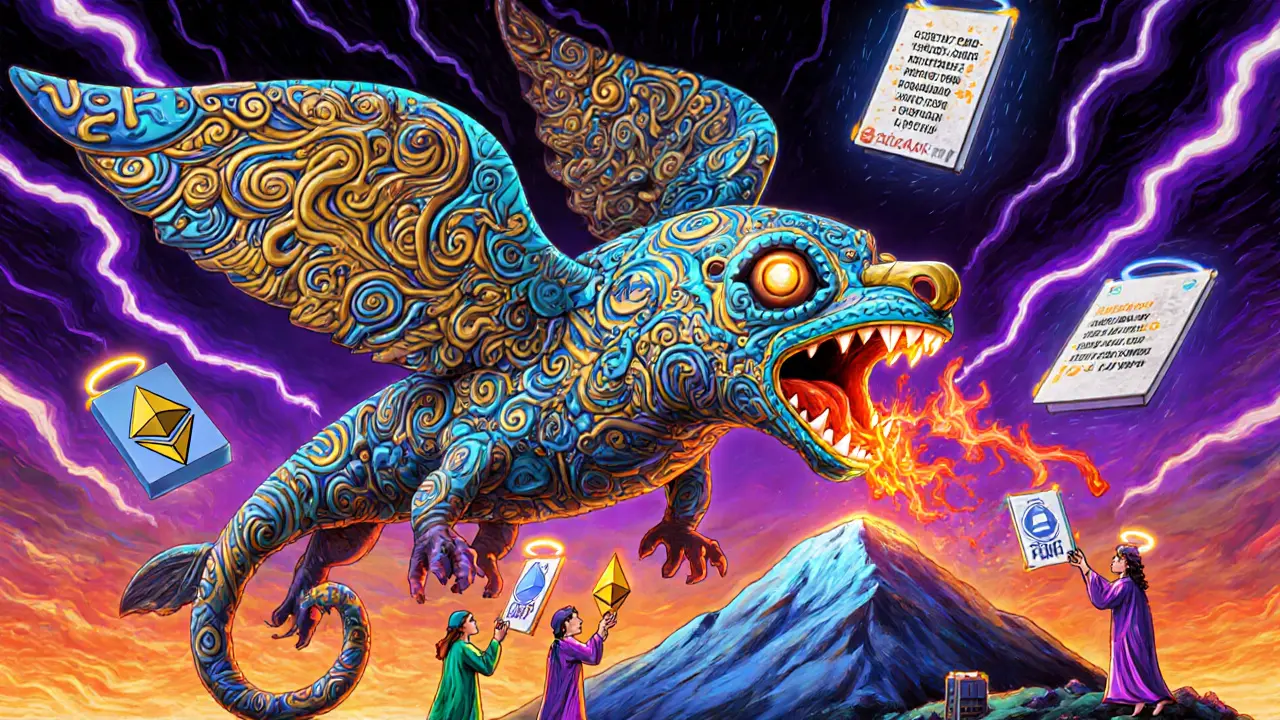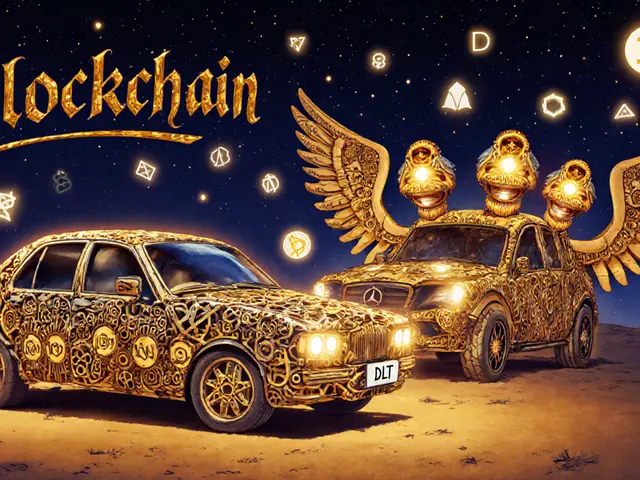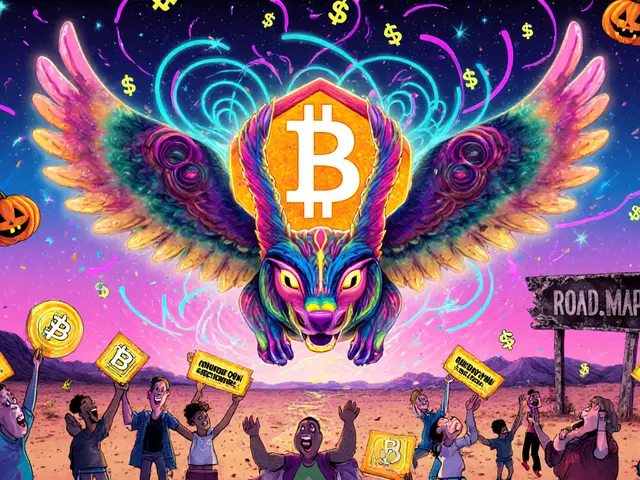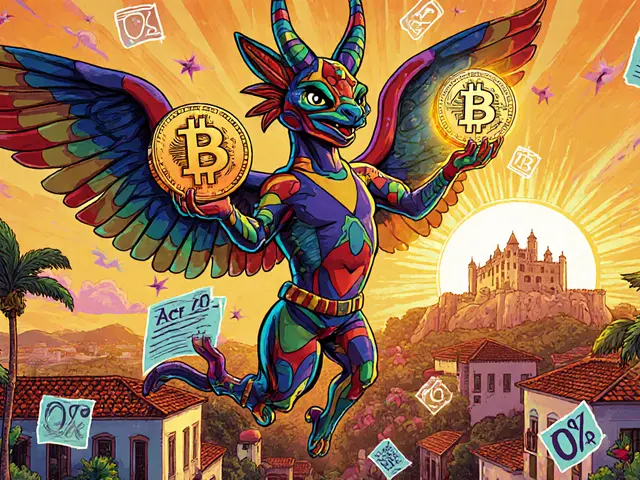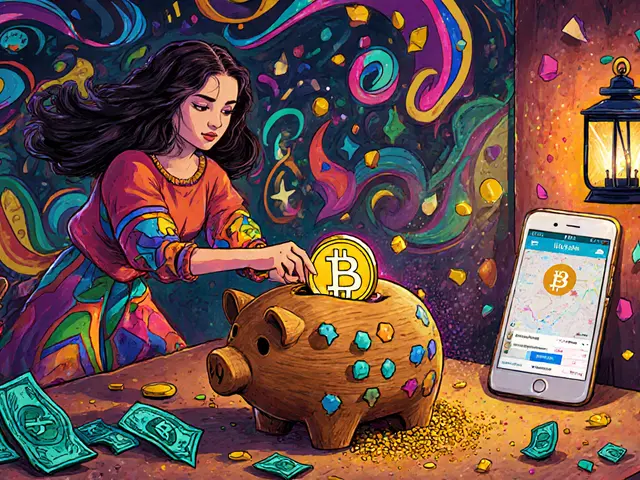On-Chain Art: What It Is, How It Works, and Why It Matters
When you buy a piece of on-chain art, digital artwork whose full data is stored directly on a blockchain, not just a link to a file. Also known as on-chain NFTs, it doesn’t rely on servers, cloud storage, or centralized platforms to exist. If the blockchain stays up, the art stays alive—no matter what happens to the website, the artist, or the company behind it. This isn’t just another buzzword. It’s a shift in how we think about ownership, permanence, and value in digital spaces.
Most NFTs you see today are just pointers. They hold a URL that links to an image hosted on a server somewhere. That server can go down. The company can shut down. The link breaks. And suddenly, your $10,000 digital artwork turns into a dead link. on-chain art, stores the actual pixels, code, or audio directly on the blockchain as part of the transaction data. It’s like printing the painting onto the blockchain itself—no middlemen, no dependencies. Projects like Art Blocks, Fidenza, and CryptoPunks (the original ones) are built this way. They don’t just represent art—they are the art.
This matters because blockchain art, any artwork tied to a blockchain ledger, whether on-chain or off-chain. Also known as tokenized art, it’s the foundation of digital scarcity. But only on-chain versions guarantee that the art won’t vanish. That’s why collectors and creators are moving toward it—not as a trend, but as a standard for true digital ownership. You’re not buying a license. You’re buying the original, unchangeable, immutable version.
It’s not just about images. On-chain art includes generative pieces created by smart contracts, interactive code-based works, and even sound art encoded directly into transaction logs. Some artists write algorithms that run on-chain to generate unique visuals every time someone views them. Others embed hidden messages or Easter eggs in the raw data. This isn’t just art you see—it’s art you can examine at the code level.
And it’s not just for collectors. Developers, programmers, and even musicians are using on-chain systems to create new forms of expression. The result? A growing movement where art becomes part of the infrastructure of the web, not just something displayed on it.
Below, you’ll find real-world examples of how this plays out—from digital badges that prove you were at an event, to tokens tied to fan communities, to projects that faded into obscurity because they never truly embraced decentralization. Some of these are living, breathing on-chain creations. Others are cautionary tales of what happens when you skip the fundamentals. Whether you’re an artist, a collector, or just curious, this collection shows you what’s real, what’s risky, and what’s just noise.
